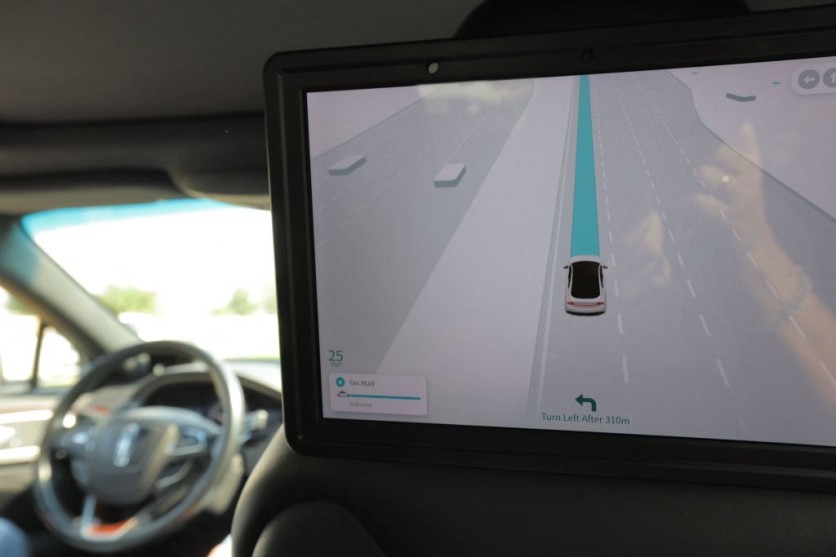The recent full-page advertisement by Cruise, General Motors' self-driving subsidiary, that labels humans as terrible drivers has drawn strong criticism from Joan Claybrook, a former administrator of the National Highway Traffic Safety Administration (NHTSA), reported first by TechCrunch.

Claybrook Criticizes Cruise's Ad
The ad, which points to the alarming number of crash fatalities in 2022, presents autonomous vehicles as the ultimate solution to this issue.
In response, Joan Claybrook expressed her disdain for Cruise's advertisement, considering it unscrupulous and exploitative of the pain and suffering caused by these accidents.
Claybrook, who served as head of NHTSA from 1977 to 1981 and as president of the consumer advocacy group Public Citizen from 1982 to 2009, believes that using such tragedies to promote "an unproven and unsafe product" is ethically wrong.
She further criticized the ad, alleging that it serves as a ploy by General Motors to recover some of the substantial investment made in the development of Cruise's self-driving vehicles. GM reported a loss of $1.9 billion on Cruise in 2022, up from $1.2 billion in the previous year.
Controversial Ad
The controversial ad was published in major newspapers, including the Sacramento Bee, San Francisco Chronicle, The New York Times, and the Los Angeles Times.
Cruise's message arrived at a time when the California Public Utilities Commission (CPUC) was forced to postpone a hearing on expanding Cruise's and competitor Waymo's permits to charge for robotaxi rides throughout the city 24/7, following increasing opposition.
Residents, safe street advocates, and city agencies such as the San Francisco Municipal Transportation Authority (SFMTA) have been voicing increasing criticism against the robotaxi services offered by companies like Cruise and Waymo.
These critics contend that the malfunctioning robotaxis are worsening congestion problems, disrupting traffic flow, public transportation, and emergency response services.
Although both Cruise and Waymo are presently providing limited robotaxi services in San Francisco, the CPUC has postponed the planned permit expansion hearing until August 10. The CPUC cited the necessity for "further review" as the reason for the delay.
Waymo was also pushing the narrative that humans can be unsafe drivers. The Alphabet-owned company released a blog post claiming that during a 10-day observation period using its robotaxis, cars exceeded the speed limit 47% of the time, with many surpassing speeds that were 25 miles per hour above the posted limit.
Waymo placed significant emphasis on these statistics and their implications on road safety, particularly noting that speeding stands as one of the primary causes of traffic fatalities.
By sharing their findings, Waymo aimed to bring attention to the pervasive nature of this issue and highlighted the crucial role of the Waymo Driver in promoting safer streets.
Related Article : US Safety Regulators Conduct Investigation on Cruise Robotaxi Braking and Clogging Reports


![Apple Watch Series 10 [GPS 42mm]](https://d.techtimes.com/en/full/453899/apple-watch-series-10-gps-42mm.jpg?w=184&h=103&f=9fb3c2ea2db928c663d1d2eadbcb3e52)


